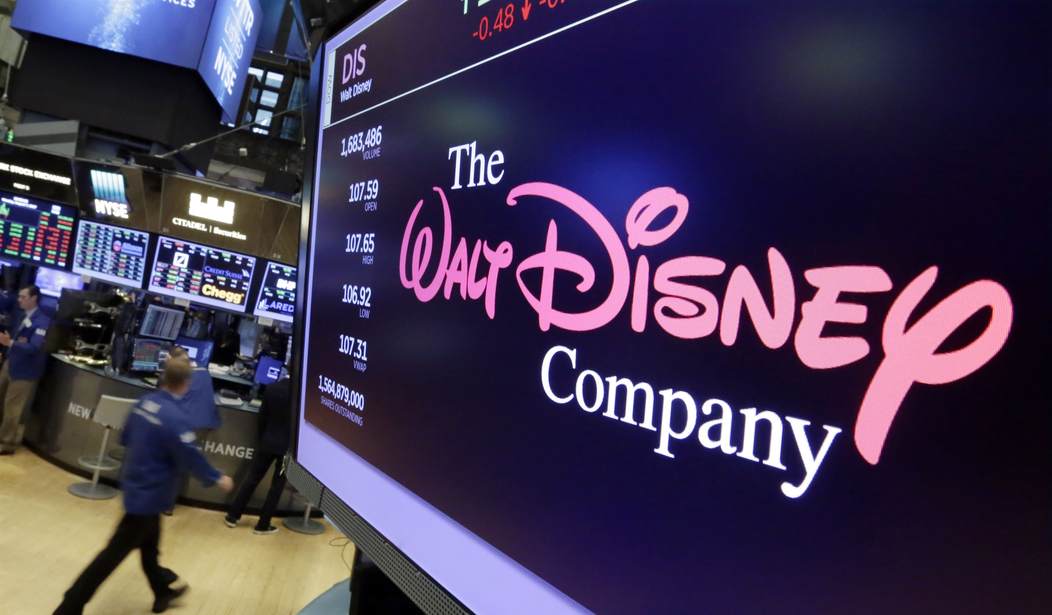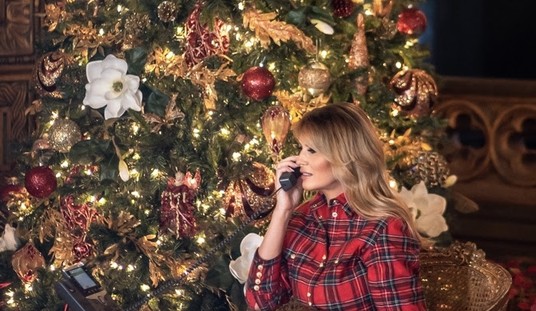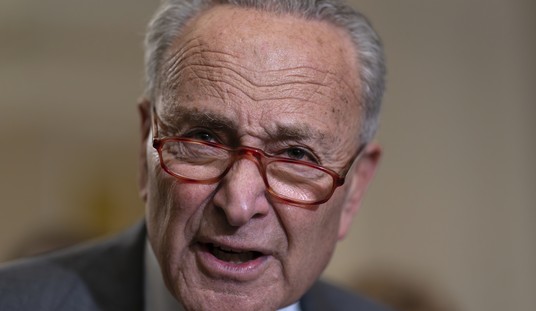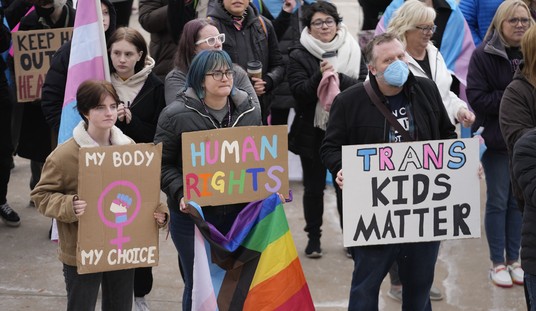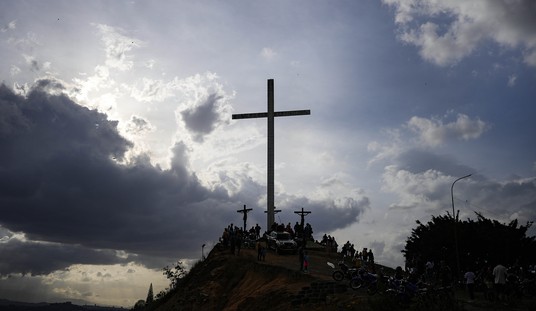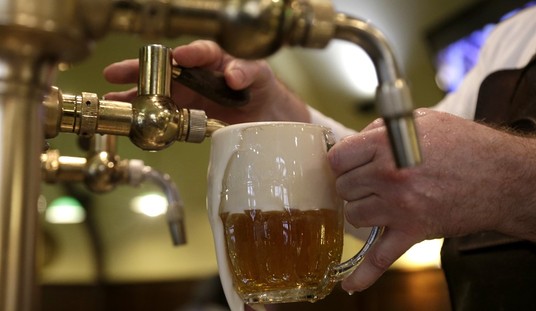Many years ago, when my brother's son was about 10 years old - he's in his late forties now, so that gives you some idea as to how long ago this was - the little single-screen local movie theater in Decorah was showing Disney's "Bambi" that had inexplicably been re-re-released. It's supposed to be something of a classic, so my brother and his wife took their little boy and his older sister to see it.
Bear in mind these are rural kids from Allamakee County, Iowa, in the '80s.
Remember the big, dramatic scene where Bambi's mother is killed? In Decorah on that day, the theater fell into a hush at that moment, as I imagine is often the case. There was a pause in the action, and then my nephew, loud and clear, in a ringing voice that was clearly audible even in the back row, asked his father, "Hey, Pa, isn't anybody gonna cut up that deer for the freezer?"
Country-raised kids have a different outlook on things, sure. But "Bambi," released in 1942, was where Disney started to go south.
Don't get me wrong. Disney has produced some wonderful films. The original "Fantasia" was a big part of my introduction into classical music, and a generation later, "Fantasia 2000" did the same for our kids. Those are great films, and our younger grandchildren today still love the Disney classics - like "Snow White." The original, not this year's absolute grenade of a film.
But Disney has always had a propensity for grenades, at least, starting in that fateful year of 1942.
The 'Snow White' Debacle Has Gotten Even Worse As the Final Losses for Disney Are Tabulated
"Bambi" popularized a trend in Disney films that spread to other studios, that being the unfortunate anthropomorphising of animals. Give an animal a voice, and it becomes a furry little person. Disney never points out that Bambi's odds of living through its first winter were less than 50-50 - that most fawns end up as carrion no later than the first of March. And, I suspect, from having interviewed a few dozen of them in the course of writing a book, that a fair number of animal rights lunatics got their start from seeing animals portrayed like this.
"Charlie the Lonesome Cougar" while admittedly beautifully filmed, portrayed a big, dangerous apex predator first as a pet, then as a sympathetic, misunderstood character - and while I will admit that the animal was at least a real animal and didn't talk - ugh. In the end, Charlie does revert to the wild, although the relationship between him and the female cougar he runs into isn't very realistic. But mountain lions aren't pets, and they aren't lovable and misunderstood critters; they are top predators, and all other creatures are, to them, either a threat or they are a potential meal.
Then there's "Lady and the Tramp." There was a time when the American Cocker Spaniel was a wiry, tough little gun dog, small enough to keep in an apartment, but lean, leggy, smart as a whip, and they loved the smell of grouse feathers. But after this Disney film, the breed was suddenly one of, if not the most, demanded breed in the United States, and the puppy mills started cranking, with no regard for what the breed was supposed to be. The American Cocker Spaniel, through careless over-breeding and, I'm told, some deliberate breeding by show breeders to match the dog in the film, is now too often represented by dogs that are dome-headed, long-haired, popeyed monstrosities.
Back in the days when I knew some "dog people," one of the truisms was that the worst thing that could happen to a breed was to have one starring in a Disney film.
Don't get me wrong. Disney has, in their history, hit a few home runs - although I admit the most recent one that comes to mind is the 1997 live-action George of the Jungle," which my wife and I re-watch several times a year. But they've always had a history of grenades, too. This new "Snow White" debacle is a bad one - but it sure ain't the first one.

